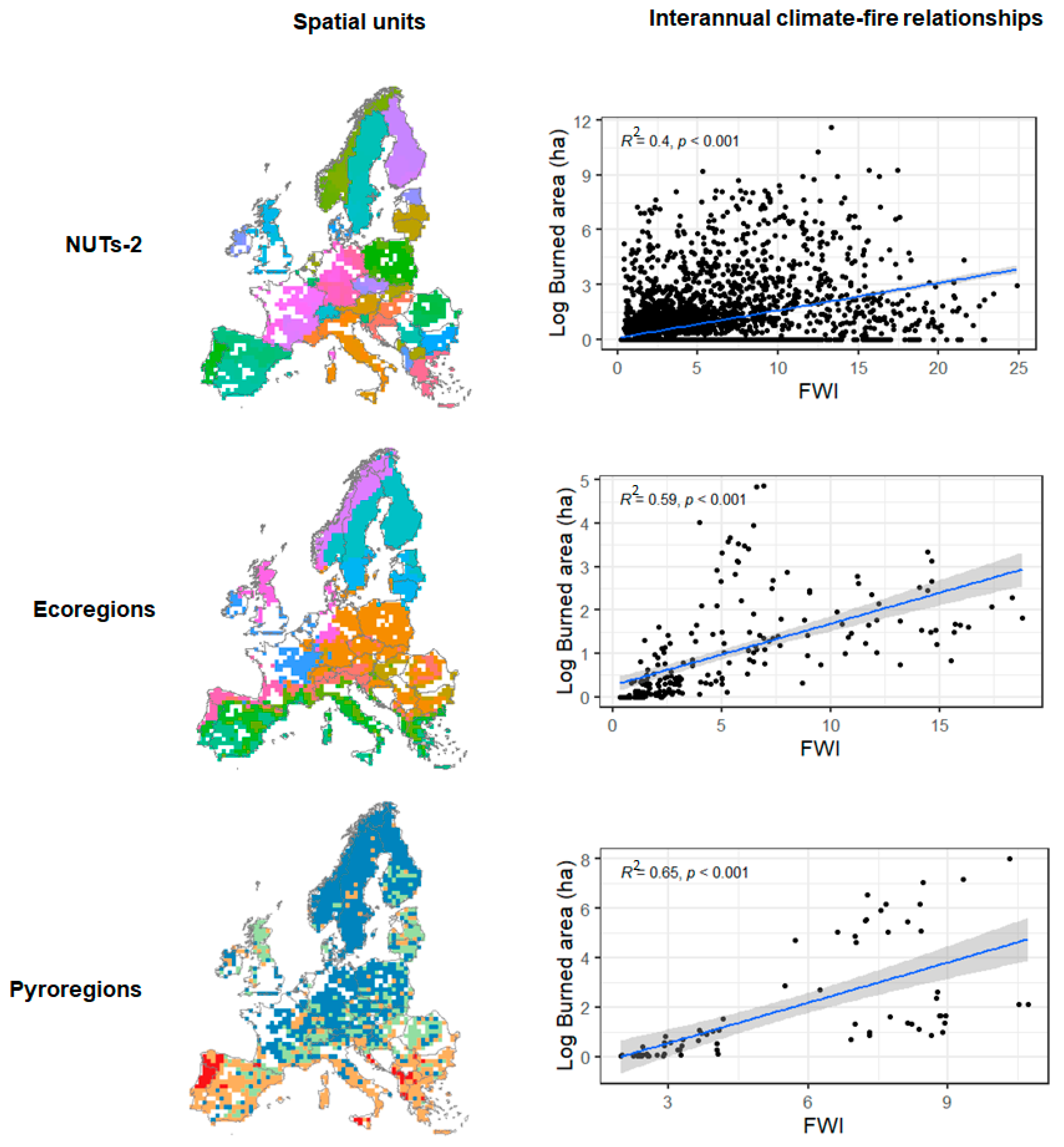Pyrogeography: An Alternative Zonation for Europe †
Author Contributions
Funding
Institutional Review Board Statement
Informed Consent Statement
Data Availability Statement
Conflicts of Interest

Publisher’s Note: MDPI stays neutral with regard to jurisdictional claims in published maps and institutional affiliations. |
© 2022 by the authors. Licensee MDPI, Basel, Switzerland. This article is an open access article distributed under the terms and conditions of the Creative Commons Attribution (CC BY) license (https://creativecommons.org/licenses/by/4.0/).
Share and Cite
Galizia, L.F.; Barbero, R.; Rodrigues, M.; Curt, T. Pyrogeography: An Alternative Zonation for Europe. Environ. Sci. Proc. 2022, 17, 80. https://doi.org/10.3390/environsciproc2022017080
Galizia LF, Barbero R, Rodrigues M, Curt T. Pyrogeography: An Alternative Zonation for Europe. Environmental Sciences Proceedings. 2022; 17(1):80. https://doi.org/10.3390/environsciproc2022017080
Chicago/Turabian StyleGalizia, Luiz Felipe, Renaud Barbero, Marcos Rodrigues, and Thomas Curt. 2022. "Pyrogeography: An Alternative Zonation for Europe" Environmental Sciences Proceedings 17, no. 1: 80. https://doi.org/10.3390/environsciproc2022017080
APA StyleGalizia, L. F., Barbero, R., Rodrigues, M., & Curt, T. (2022). Pyrogeography: An Alternative Zonation for Europe. Environmental Sciences Proceedings, 17(1), 80. https://doi.org/10.3390/environsciproc2022017080





